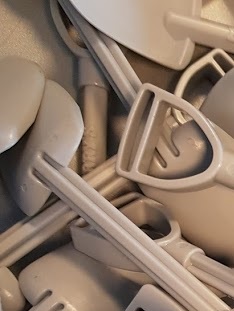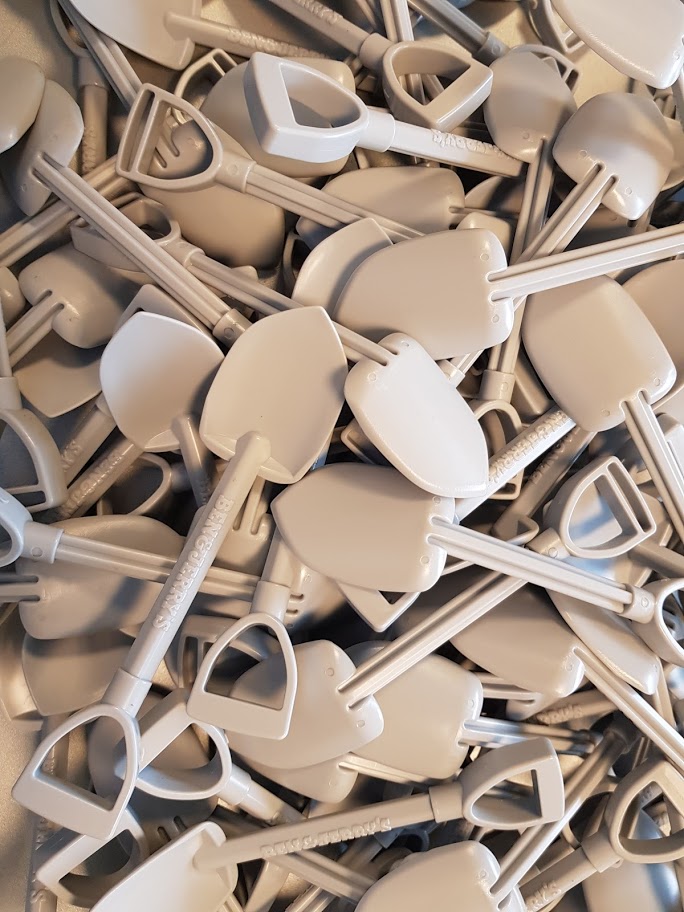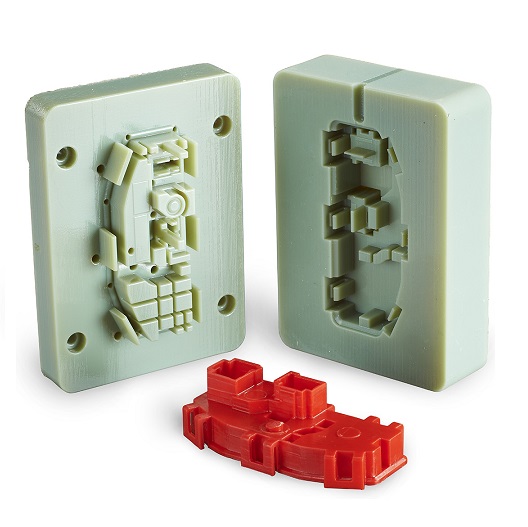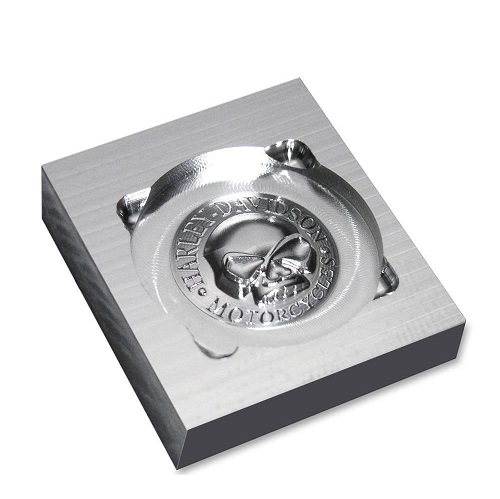
 Injection molding : AmaZing Products works with different injection molding partners in Asia. From small parts till bigger parts, we can meet your plastic and steel injection molding needs.We can provide prototypes or high volume production. Both thermoplastic, thermoset polymers and steel mould are available. We are truly your one stop shop when you need a versatile injection molding manufacturer. We can provide injection molding for your promotional gifts.
Injection molding : AmaZing Products works with different injection molding partners in Asia. From small parts till bigger parts, we can meet your plastic and steel injection molding needs.We can provide prototypes or high volume production. Both thermoplastic, thermoset polymers and steel mould are available. We are truly your one stop shop when you need a versatile injection molding manufacturer. We can provide injection molding for your promotional gifts.
Our products are utilized in a wide range of markets such as promotional, and consumer products and more. When you need injection molding products, please kindly offer the correct specification if you can. If not, please offer your basic requirement to get a quotation from us. We will have a personal solution for you.
If you have 3D design, or 2D detailed drawings for the plastic components, then it is available for getting the quotation, if you only have the plastic samples, then please do the dimension indication on the picture and send us the clear picture for getting a more correct quotation. All this information help us to choose the correct molding process, also it will help the mold maker to optimizer your mold custom cost.
Injection moldings starts with base resin in the form of small “beads” tiny hardened units of your material of choice. The base resin is loaded into a hopper, melted at high heat into liquid form, and then injected into the mold where it cools and returns to its solid state. Plastic colorant should be added at the first step of the process in what is typically called a “salt and pepper” mixture (as the usually lighter colored solid base resin pieces are combined with darker colorant “beads”). This process typically allows for the best mixing of colorant into the base resin, meaning that the finished part will have a uniform appearance with no swirling, unevenness of color or tone, or incorrect color matching.
Certified or other graded usage: As one more specific example of why it is critical to know exactly what is going into a colorant resin mixture, let’s expand upon usage in certified or graded situations, like food grade. Other certifications like quality, safety and green issues can also fall under this umbrella.
Pantone matching: One final point to think about, coming back to the purely aesthetic aspect of adding colorants to your injection resin molded products: how specific of a color do you need?
If you have a specific appearance in mind, however, be aware that pantone matching with colarants match with up to 1% accuracy is an option at more experienced facilities. This benefit allows you choose exactly the shade you need to give your product just the right touch.
Plastic injection molding possibilities
Our plastic injection molding process produces custom prototypes and end use production parts. We use aluminum molds that offer cost efficient tooling and we can supply many different thermoplastic resins.
How does plastic injection molding work?
The thermoplastic injection molding process is a standard process involving an aluminum mold with no heating or cooling lines running through it, which means cycle times are a bit longer. It allows our molders to monitor fill pressure, cosmetic concerns, and the basic quality of the parts.
Resin pellets are loaded into a barrel where they will eventually be melted, compressed, and injected into the mold’s runner system. Hot resin is shot into the mold cavity through the gates and the part is molded. Ejector pins facilitate removal of the part from the mold where it falls into a loading bin. When the run is complete, parts (or the initial sample run) are boxed and shipped shortly thereafter.
Liquid silicone rubber molding
Our liquid silicone rubber molding process produces custom prototypes. We use aluminum molds that offer cost efficient tooling and accelerated manufacturing cycles, and we have in stock various grades and durometers of LSR materials.
How does liquid silicone rubber molding work?
Due to the flexible nature of LSR, parts are manually removed from the mold. Like a standard aluminum tool, an LSR molding tool is fabricated using CNC machining to create a high temperature tool built to with stand the LSR molding process. After milling, the tool is polished by hand to customer specifications, which allows six standard surface finish options.
The finished tool is loaded into an advanced LSR specific injection molding press that is precision geared for accurate control of shot size to produce the most consistent LSR parts. Since LSR is a thermosetting polymer, its molded state is permanent, once it is set, it can’t be melted again like a thermoplastic. When the run is complete, parts (or the initial sample run) are boxed and shipped shortly thereafter.
Overmolding & insert molding
Our rapid overmolding and insert molding processes produce custom prototypes and on demand production parts. We use aluminum molds that offer cost-efficient tooling, producing parts from a range of thermoplastic and liquid silicone rubber materials.
How does overmolding work?
With overmolding, the production of the substrate parts is a standard injection molding process involving an aluminum mold with no heating or cooling lines running through it. Cycle times are a bit longer, which allows our molders to monitor fill pressure, cosmetic concerns, and the basic quality of the parts. When the total run of substrate parts are molded, overmold tooling is then assembled to the press. The substrate parts are placed by hand into mold where each part is overmolded with either a thermoplastic or liquid silicone rubber material.
How does insert molding work?
Insert molding is a similar process but instead uses a preformed part, often metal, that is loaded into a mold where it is then overmolded with plastic to create a final component. When the run is complete, parts are boxed and shipped shortly after.
In one word, insert molding is for metal with plastic, over molding is for non metal material with plastic.
For more information please contact : info@amazing-products.eu






